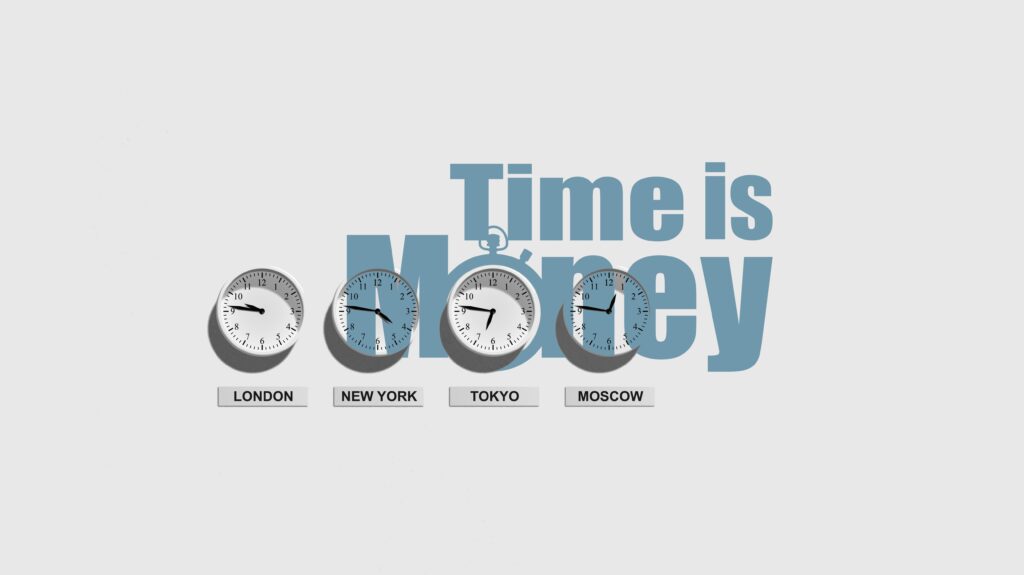Flex Time Management: Introduction-
In today’s times, due to increasing competition, busyness, and changing routines, time management has become an essential subject for all of us. In such a situation, flex time management is a modern work management system in which employees are given the flexibility to work according to their working time capacity. Its purpose is to establish a better balance in their personal and professional life, which can increase both productivity and satisfaction.
Table of Contents
In a competitive business life, the right utilization of time has become the key to success. Flex time management is a modern method that gives employees freedom from the bondage of the traditional time (9.00 am – 5.00 pm) job. In this, employees can choose their working time themselves, provided they complete the given work on time and with quality.
Flex Time Management means ‘flexible time’. Flex Time Management is a system where employees can determine their working hours themselves, provided they complete the fixed total hours period (e.g., 8 hours/day). It has a core time, in which attendance of all employees is mandatory, and apart from this, employees can adjust their time as per their convenience.
Flex Time Management: Definition

“Flex time management is a type of work style in which employees have the freedom to determine their own starting and ending times (hours).” In this, the focus is not on ‘working hours’ but on ‘results of work’. For example, if an employee works from 7.00 am to 3.00 pm, while another employee works from 12.00 pm to 8.00 pm, both are seen equally, provided their work is completed.
Flex Time Management: Need-
1- Due to family responsibilities and the changing lifestyle of employees.
2- To reduce the mental stress and work pressure of employees.
3- To increase productivity in the workplace among employees.
4- To increase the satisfaction and stability of employees.
Flex Time Management: Benefits-
1. Maximum balance between work and social, family life-
With this, employees can fulfill their family, social, and health-related responsibilities in a better way. This reduces stress and also makes one more interested in work.
2. High productivity-
With this, employees work more actively in their most energetic time. This increases productivity.
3. Stress relief and minimum absenteeism of employees-

With this management, the absenteeism of employees at the workplace is minimal. Along with this, their mental health improves.
4. Stability of talented employees-
With this management, companies get more talented and dedicated employees, and they remain associated for a long time.
5. Positive impact on the environment-

With this management, working from home or making office timings flexible also reduces traffic and pollution.
Flex Time Management and Traditional Time Management: Comparison-
Features:
Working hours
Working location
Freedom
Productivity
Balance
Flex Time Management
Flexible
Office and remote
More
More
Better
Traditional Time Management
Fixed (9.00 am to 5.00 pm)
Office centric
Limited
Average
Low
Flex Time Management: Features-

1 – In this management, employees can customize their work schedule according to their needs.
2 – In this management, the emotions of both management and employees are based on trust.
3 – In this management, the focus is on productivity-oriented results and not just on attendance.
Flex Time Management: How to Adopt?
1. By adopting clear policies –
It is important to explain to each employee how flex time management works, based on clear policies. There should be a written guideline for this.
2. By doing goal-based evaluation –

Evaluate each employee based on the time limit and quality of work completion, not on their attendance.
3. By using appropriate technological tools –

All these tools make coordination and project tracking easy among the team. Such as Google Workspace, Microsoft Teams, Slack, Trello
4. By adopting communication tools among employees –

In this management work style, the importance of communication increases manifold. Meetings and updates at regular times are necessary.
5. Adopt a hybrid model –

In this management work style, instead of keeping the entire week flexible, adopt a mix of working from home for some days and in the office and some days.
Flex Time Management Trend in India and the World-
Situation in India-
After COVID-19, IT and corporate companies in India have rapidly adopted this management work style. Companies like TCS, Infosys, Wipro, and Zoho are moving towards a flexible work culture.
Global perspective-
Companies like Google and Microsoft have implemented this management trend many years ago. In Germany, Sweden, and the Netherlands, the government also encourages a flexible work culture.
Flex Time Management: Challenges-
The challenges of this management are as follows.
1. Difficult to bring all the employees of the team together-
In this management, all the employees work at different times, which can hinder teamwork.
2. Correct performance evaluation is difficult-
In this management, instead of time-based monitoring, one has to learn to do output-based evaluation.
3. Lack of spirit of cooperation in the company-
In this management, due to fewer physical connections, the spirit of cooperation can decrease.
4. Possibility of misuse-
In this management, if there are no clear guidelines regarding flex time, then some employees can take undue advantage of it.
Top tips for successful flex time management-
Here are the top tips for this management.
1 – Train employees in self-management.
2 – Set key performance indicators.
3 – Take monthly and weekly feedback.
4 – Organise periodic meetings and team-building activities for this management.
Role of flex time management in the future-
This is how flex time management may play a role in the future.
A – Preference of the new generation-
The new generation prefers flex time management over traditional time management.
B – Medium to connect the global workforce-
Through this management, a developer from India can work at night for a client in America. The barriers of time and place have been broken in this.
C – Increase in women’s participation-

Women who used to leave their jobs due to family responsibilities are returning to professional life again through this management.
What are you thinking?
If you want a personal flex time schedule planner, I can help you. You can get a wide range of planners from the latest website, vijaybooks.store. There is a other blog similar to this.
There is another blog written similarly to this blog.
Conclusion-
Flex time management is not just a method of using time flexibly, but it is a concept that brings together freedom, responsibility, and self-development. This system is especially beneficial for those who are looking for freedom, creativity, and balance in their lives. It bridges the gap between personal happiness and professional success. This management is not just a convenience; it has become a necessity. It is a model that not only increases employee satisfaction but also makes companies more competitive.
“The future belongs to those organizations that give their employees trust, flexibility, and freedom.”

